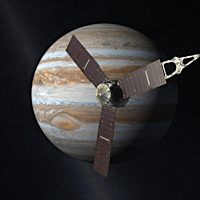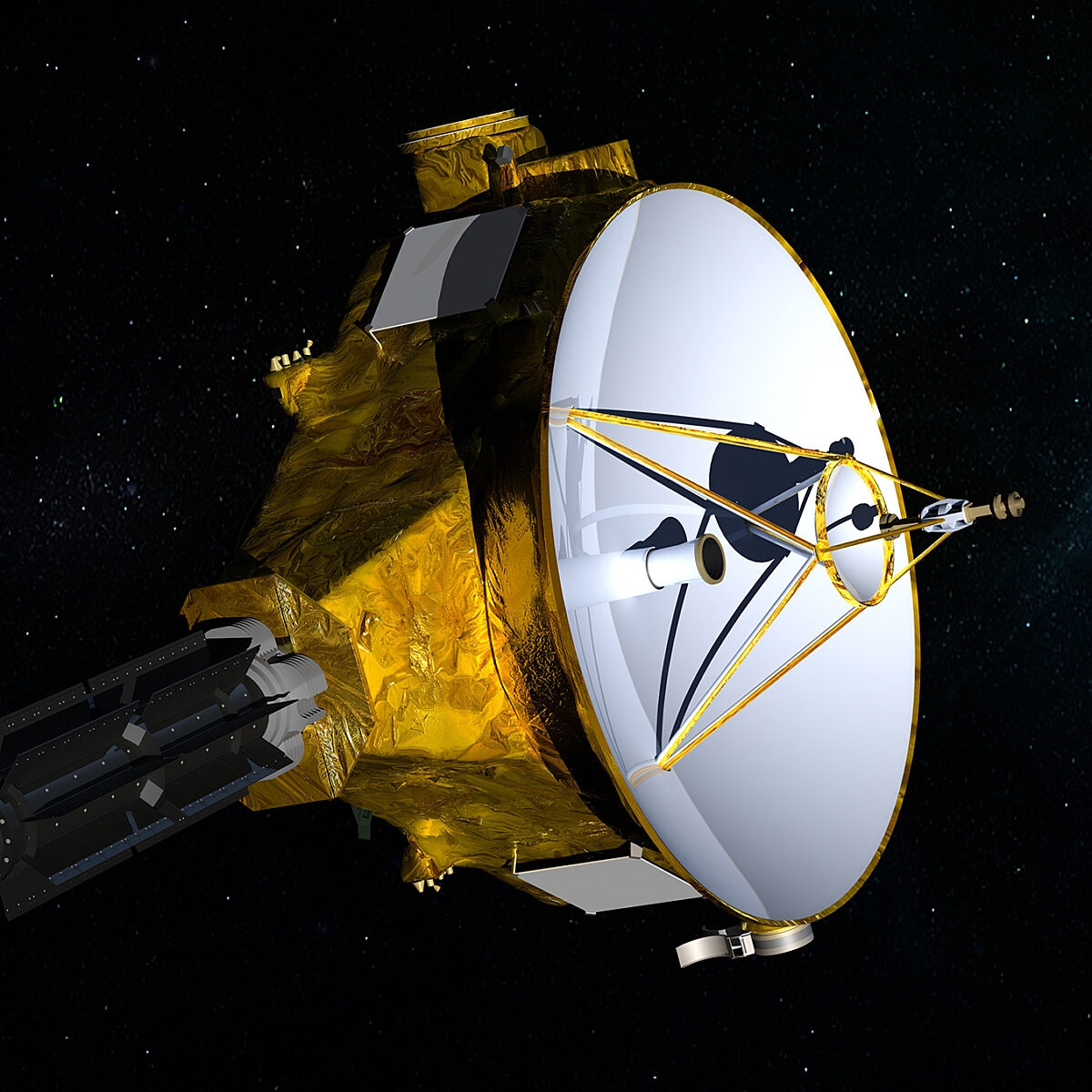Every Jupiter mission ever
By studying Jupiter we learn about how our solar system formed and evolved, and how countless others in the galaxy and beyond do as well. Jupiter's four planet-like moons have features like volcanoes and subsurface oceans, making Jupiter a miniature Solar System of its own.
Jupiter is not only an interesting scientific destination but also an important waypoint for spacecraft heading further into the Solar System. The gas giant's immense gravity field can provide a boost and trajectory change for spacecraft heading to even further destinations.
Jupiter, the planet with a planetary system of its own
Jupiter, our largest planet, teaches us how planetary systems evolve. Its four planet-like moons make it a planetary system of its own.
Io, Jupiter’s chaotic volcano moon
Io, one of Jupiter's four Galilean moons, is known for its explosivity.
Europa, Jupiter’s possible watery moon
Europa is the sixth-largest moon in the solar system and Jupiter’s fourth-largest satellite.
Active Missions
Juno, NASA’s Jupiter probe
NASA's Juno spacecraft is searching for answers about Jupiter's origins, as well as how the gas giant has changed over time.
Europa Clipper, a mission to Jupiter's icy moon
Europa Clipper will help us determine if Jupiter's icy moon Europa could support life.
Juice, exploring Jupiter’s icy moons
The Juice spacecraft will study Jupiter and its three largest icy moons: Europa, Ganymede, and Callisto.
Future Missions
Past Missions
New Horizons, exploring Pluto and the Kuiper Belt
NASA's New Horizons spacecraft was the first mission to fly past the Kuiper Belt worlds Pluto and Arrokoth.
Cassini, the mission that revealed Saturn
NASA’s Cassini mission orbited Saturn, teaching us much of what we know about it
Galileo
Launch: October 18, 1989
Jupiter probe descent: December 7, 1995
Jupiter orbit insertion: December 8, 1995
Plunge into Jupiter: September 22, 2003NASA's Galileo was the first spacecraft to orbit Jupiter. It revealed the structure of the planet's magnetic filed and intense radiation belts, made the first detailed maps of Jupiter's major moons, hinted at a possible underground ocean on Europa, sent the first probe to sample a gas planet's atmosphere, and more.
The Voyager missions
Voyager 1 and Voyager 2 launched in 1977 and each made a grand tour of the solar system before heading out of it.
Pioneer 10 and 11, outer solar system explorers
NASA’s Pioneer 10 and 11 were twin probes that helped illuminate the outer stretches of our solar neighborhood.


 Explore Worlds
Explore Worlds Find Life
Find Life Defend Earth
Defend Earth











